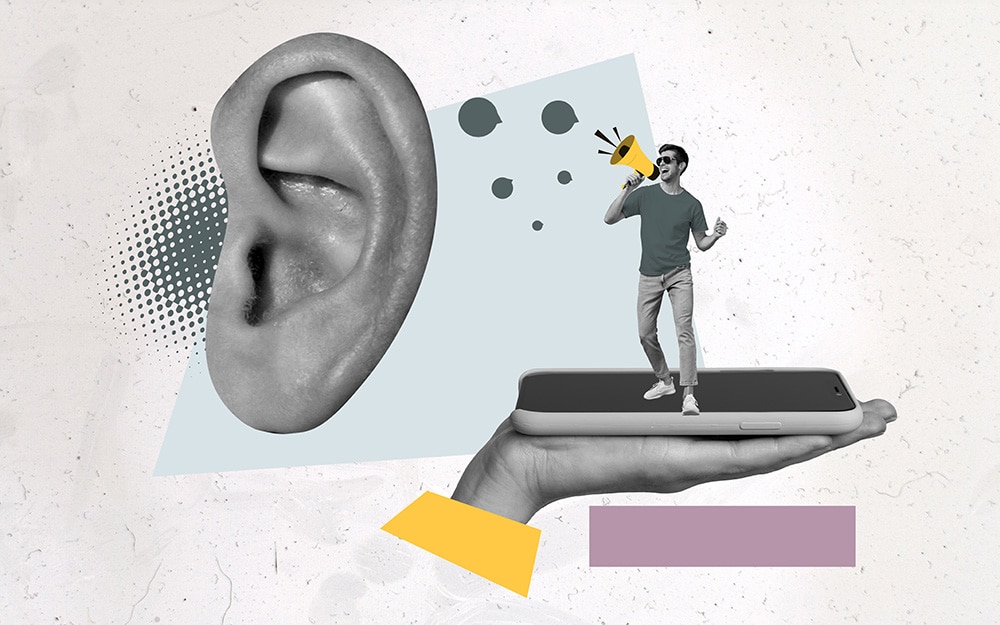
Diversity, Equity, & Inclusion
Why Sharing Gender Pronouns at Work Matters: A Quick Guide
stock.adobe.com / Josie Elias
You’re nervous. Maybe you’ve been hearing about gender pronouns at work, and it just feels intimidating. You don’t want to get it wrong. That’s embarrassing—for you, for them. I get it.
I also need you to know this one very important thing.
Whether you are in HR, recruiting, or are generally a human being existing on this planet, know that using pronouns can be as simple as this:
“Hello, my name is, my pronouns are________. How should I refer to you?”
I don’t think anyone expects you to perfectly integrate gender pronouns at work in all instances by the time you’ve read the entirety of this column. We have all grown up with the same conditioning. We all have the same snap judgments, a mental checklist of key indicators to operate on, a list we’ve all stored away in the catalogs of our brains. That’s how our brains work—we get intel and make decisions.
What Pronouns Are There?
Change starts with education. Several pronouns extend outside of the binary. Let’s walk through the basics:
She/Her/Hers and He/Him/His—These are the pronouns you already know, and although our brains are trained to use them, you may find that some folks use a label that doesn’t match your perceptions of gender. This is why it is so important to open the door during conversation/introductions to allow folks to share the pronouns that feel best for them.
She/They or He/They—Chances are, these folks identify with a healthy balance of masculine and feminine energy. In all cases, you should integrate both pronouns as often as possible. Use “they” and “them” every so often in circumstances where you would normally use “she” and “her”.
Example: “She sent in her application for the new job opening. I have looked at their resume, and they seem to be an excellent fit.” It is perfectly acceptable to use “they” and “them” when referring to a singular person. Our brains might tell us otherwise but think of a time when you’ve spoken about someone you’ve never met before.
They/Them/Theirs, Ze/Zir/Zirs, and Ze/Hir/Hirs—Many folks who use these pronouns identify as non-binary, meaning they do not feel particularly drawn to masculinity or femininity. Some might use these pronouns if they are feeling detached from the gender they were assigned at birth. Regardless of the reasoning, those using they/them pronouns should ONLY be referred to as “they” and “them”.
Misgendering: When Mistakes Make People Feel Small
Incorrect pronouns happen, and we must slow down long enough to course correct. Misgendering often happens mindlessly and usually doesn’t come from a place of harmful intent. It’s a genuine mistake. A habit. A factor of moving too fast.
It will take some time to undo those mental knots, but with conscious practice and daily integration, I have full faith that you can pave the way for a more inclusive and safer workplace.
Treat a mistake as if you’ve tripped on the sidewalk or fumbled the ball in a game. Catch yourself, course correct and move forward as if it never happened, if possible.
Example: “She delivered, excuse me, they delivered an excellent presentation this morning.”
In no circumstance should you make a point to apologize profusely to the person you have misgendered. It may seem like the polite thing to do, but it ultimately puts a burden on the individual being misgendered to comfort those around them. In forcing another human to soothe you for your mistakes, you are furthering the idea that their pronouns are an extra item on your plate or something “unusual” that needs to be addressed.
By taking accountability for your own practice of correctly implementing pronouns, you create safe environments for all and help to further normalize the use of a range of pronouns regardless of how people present themselves.
Practice Makes Perfect: Sharing Gender Pronouns at Work Matters
Want to get it right? By integrating your own pronouns into day-to-day life, you are not only normalizing their use but also opening the door for others to share their pronouns with you.
This removes perception from the equation and allows folks to go beyond the binary from the get-go.
At the end of the day, know that by simply reading this, you are an agent of change and an integral part of the movement for equal treatment. Put it into practice? Even better. Remember, if you get it wrong—that’s normal and human. Correct yourself and keep moving. ◆
SAVE THE DATE! Kat Kibben will be one of the not-to-miss presenters at the IPMI Leadership Summit, February 28 to March 1, 2024. More information is coming soon! If you’re interested in team training on pronouns, contact Kat at katrina@threeearsmedia.com.
-
This author does not have any more posts.


The Complexities of Identity
The Vitality of Discovering your own Intersectionality

Age Is Only a Number
To create equity and inclusion for all age groups, it’s






